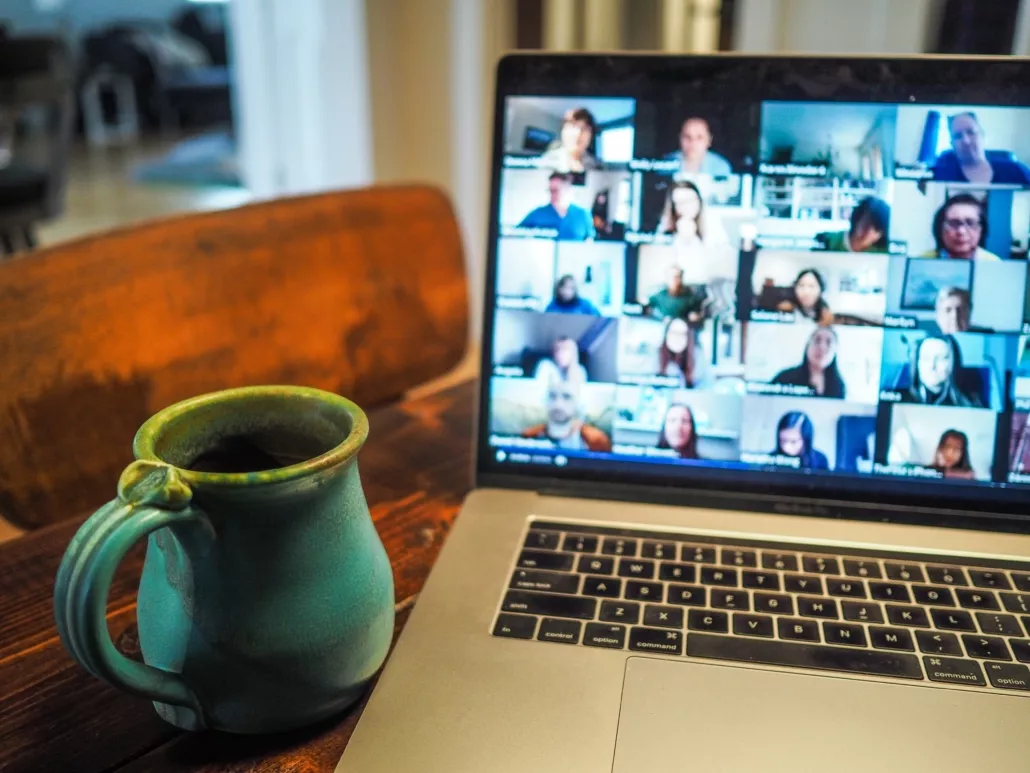Businesses and Organizations
Insights for companies, societal organizations, and changemakers tackling challenges, driving innovation and change
Rethinking AI: Why the future belongs to human-aware intelligence
The future of AI isn’t about replacing human intelligence but enhancing it by prioritizing creativity, empathy, and context. Hunome leads this shift with a human-aware approach to AI, ensuring technology works in harmony with human insight.
When human ingenuity meets AI, unlocking enterprise innovation
This article introduces Hunome, a platform that enhances AI by adding human-centered "sensemaking" to enterprise decision-making. While AI processes vast amounts of data, it lacks contextual understanding and human perspective needed for strategic decisions. Hunome bridges this gap by integrating human knowledge, intuition, and cultural context with AI insights, transforming fragmented data into actionable understanding.
Unlocking game-changing innovation with collective sensemaking
Success in today’s fast-changing world depends on adaptability. This article explores how sensemaking helps businesses improve decisions, efficiency, and innovation to overcome seven key challenges.
Hear the societal voice to unearth innovations that resonate
This article explores the power of collective sensemaking in innovation and strategy. Discover how integrating diverse perspectives helps organizations navigate rapid societal and technological changes, avoiding common pitfalls of superficial innovation for more meaningful, resilient outcomes.
Shared understanding in an age of rapid change and confusion
We're drowning in knowledge, yet struggling to solve complex challenges. Expertise is locked in silos, hindering our ability to see the bigger picture. Tim argues for shared understanding built through the interactions of diverse perspectives. This bridges the gap, empowering informed decisions, fostering innovation, and building resilience in a rapidly changing world.
The impending fertility shock: why we're having fewer kids
This article examines global population decline through Hunome's collective sensemaking platform, where diverse participants explored the complex factors behind falling birth rates in developed nations. Led by foresight specialist Adam Sharpe, the group identified nine key drivers including shifting social priorities away from traditional family obligations, economic barriers making children unaffordable, women's increased education and career focus, environmental toxins potentially harming fertility, and growing eco-anxiety about bringing children into an uncertain world.
SparkMaps: a way to turn your perspectives into power
This brief article explains how to create a SparkMap on Hunome's platform, describing it as a tool for exploring complex themes and connecting fragmented thoughts. The process involves six steps: choosing a focus area that genuinely interests you, establishing a central idea or hypothesis, branching out into subtopics and related concepts, connecting seemingly unrelated ideas, regularly reviewing and refining the map, and finally inviting others to contribute their perspectives. Building SparkMaps solo helps develop reasoning skills and creates a tangible representation of your thinking, while also serving as a foundation for collaborative, multidimensional understanding when shared with others.
Why does humanness in decision-making matter?
This article traces the evolution of human-centered decision-making through three phases, arguing that understanding "humanness" remains crucial even in our AI-driven era. It begins with Decision-making 1.0 (traditional market research like focus groups), noting limitations such as short-term focus, isolated methods, and susceptibility to echo chambers that stifle innovation. Decision-making 2.0 introduced technology and AI to improve connections and streamline processes, but the author argues that algorithms cannot handle non-existent information, exceptions to rules, or unexpected anomalies. Decision-making 3.0 emphasizes that human ingenuity creates discontinuities and envisions possibilities beyond past data, making our "shared humanness" essential for better choices despite the complexity it introduces.
Nonlinear Thinking: the future of understanding
This article argues for a shift from linear to nonlinear thinking to better navigate our rapidly changing, interconnected world. It explains that nonlinear thinking is essential for understanding complex systems where small changes can have disproportionate effects, recognizing global interconnectedness and ripple effects, and adapting to unprecedented uncertainty from technological advances and global crises.
What does the future of humanity look like?
This article identifies societal polarization as a "wicked problem"—complex social issues that are difficult to solve due to incomplete knowledge, numerous stakeholders, and interconnected nature with other problems. The author argues that social media's advertising model has deepened societal divisions, creating echo chambers where different viewpoints become sources of hostility rather than understanding. Drawing on design theorist Richard Buchanan's work, the piece suggests that wicked problems like polarization, climate change, and inequality require systems thinking combined with collaborative, iterative approaches that understand both big picture and contextual details.
How diverse perspectives fuel human ingenuity
This article discusses the concept of perspectives and human ingenuity, referencing political scientist Thomas Homer-Dixon's "ingenuity gap" theory—the idea that as we solve problems, new and more complex issues emerge that outpace our ability to address them. The piece explains how human perspectives are formed through combining emotional responses, personal experiences, sensory feedback, and input from others and the environment. It describes how humans can understand and adopt other people's perspectives, which enhances collective problem-solving and decision-making abilities.
The future of work. What’s next?
This article announces a SparkMap project titled "The Future of Work – What's Next?" that examines the evolving workplace landscape characterized by flexibility, adaptability, and increased technology integration. The project explores shifts away from traditional 9-5 office jobs toward remote work and automation, examining various perspectives on these changes and their impacts. Led by Nicky Dries, who heads the Future of Work Lab at KU Leuven's Faculty of Economics, the SparkMap aims to interconnect global examples, innovative practices, and experiences with concepts like the gig economy and zero-hour contracts. The lab focuses on social imaginaries for the future and developing insights for tomorrow's workforce.
Human-centricity is hitting society in a huge way – WebSummit
This article reports on WebSummit's focus on human-centricity in business, featuring quotes from executives at major companies like IKEA, Microsoft, and Lush who emphasized putting humanity at the center of their operations. The piece highlights how leaders discussed moving beyond traditional sustainability goals toward actively improving human conditions, shifting from "know-it-all" to "learn-it-all" cultures, and understanding stakeholders as people rather than just data points. The article includes commentary from Sir Ridley Scott about the urgent need for intervention in humanity's crisis state and digital technologies' role in addressing sustainability goals. The piece frames human-centricity as a movement that enables companies to understand real problems people face and offer solutions with broader social impact beyond traditional sales funnel approaches.













